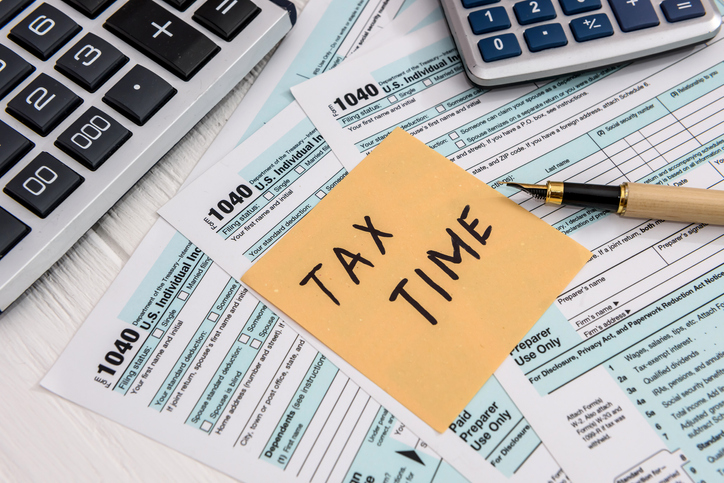If you’re one of the 96 million Americans expecting a tax refund this spring, you probably look forward to receiving that check. It’s a good thing, right? Who doesn’t love a little extra money?
Well, not so fast. In many cases that tax refund represents a misunderstanding about how taxes work, and can also represent a crucial financial planning error.
The average tax refund amounts to $2,725. It’s an impressive chunk of change, and in many cases a tax refund will fund a summer vacation, new household electronics, or another much-desired purchase. No wonder some of us look forward to tax season!
On the other hand, that money represents something else: It’s a repayment of the interest-free loan you granted to Uncle Sam last year. Ouch!
If the refund stems from the fact that you paid too much in taxes, imagine how you could have spent that money otherwise. Each pay period, you could have contributed a bit more to your retirement plan. Or you could be stashing the extra cash in a savings account, where it would earn interest and help to fund emergencies. You could even be paying down your credit card debt faster.
So, in some cases, that interest-free loan to the government is costing you valuable opportunities to improve your financial situation.
Plus, you have to wait until Spring to receive your money. If you need it for an emergency during the rest of the year, you might be forced to put that expense on a credit card.
If you receive a large tax refund each spring, it might be time to reevaluate your paycheck withholding. Visit your human resources office, and fill out a new W-4 form. And while you’re there, maybe it’s time to increase your automatic contributions to your retirement savings account also.
If you need help calculating your correct tax withholding amount, or have any other financial planning questions, please give us a call and we’ll be happy to help.

